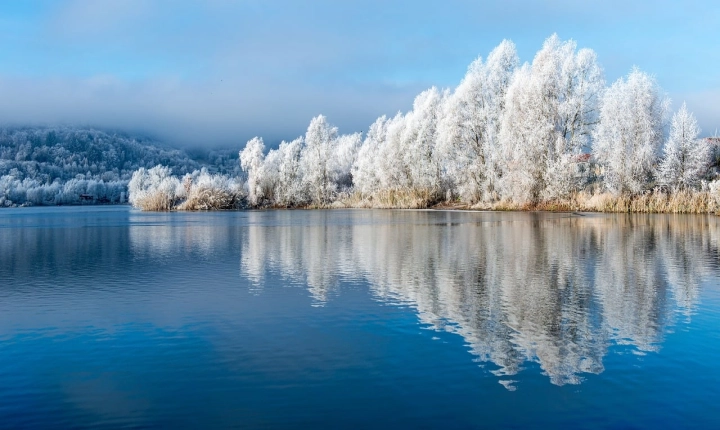Title: Can ChatGPT Generate Art? Exploring the Boundaries of AI Creativity
Art has always been a reflection of human ingenuity, creativity, and expression. From the cave paintings of early humans to the intricate masterpieces of renowned painters, art has evolved alongside human civilization. With the rapid advancements in technology, artificial intelligence (AI) has entered the realm of artistic creation, raising questions about the boundaries of creativity and the role of AI in the art world.
One notable AI model that has sparked interest in the art community is ChatGPT, a language generation model developed by OpenAI. ChatGPT is designed to generate human-like responses to text inputs, making it capable of holding conversations, answering questions, and even expressing opinions. However, can it also produce art?
The answer to this question lies in understanding the nature of art and the capabilities of AI. Art is often associated with originality, emotion, and personal expression—qualities that have traditionally been attributed to human consciousness. AI, on the other hand, operates based on predefined algorithms and data patterns, lacking the inherent emotions and experiences that shape human creativity.
Despite this fundamental difference, AI models like ChatGPT have been able to produce text-based art, such as poetry, short stories, and even dialogue scripts. By analyzing vast amounts of human-generated content, ChatGPT can emulate the style and tone of different literary works, producing outputs that exhibit a semblance of creativity and originality.
The implications of AI-generated art are both fascinating and controversial. On one hand, it opens up possibilities for collaboration between humans and machines, allowing for new forms of creative expression and storytelling. AI-generated art can also serve as a source of inspiration and a tool for brainstorming ideas, expanding the creative potential of artists and writers.
However, the ethical and philosophical implications of AI art cannot be overlooked. Some argue that AI-generated art diminishes the unique human experience and undermines the value of artistic authenticity. There are concerns about plagiarism, intellectual property rights, and the distinction between genuine creativity and algorithmic mimicry.
To address these concerns, it is crucial to acknowledge the limitations of AI in artistic creation. While AI models like ChatGPT excel at generating text-based content, they lack the capacity for genuine emotional expression, personal experience, and original thought. The outputs they produce are ultimately a reflection of the data they have been trained on, rather than a true manifestation of human creativity.
In the context of art, AI can be seen as a tool that complements and enhances human creativity, rather than a replacement for it. By leveraging the capabilities of AI, artists and writers can explore new forms of expression, experiment with unconventional ideas, and push the boundaries of traditional artistic practices.
In conclusion, the question of whether ChatGPT can generate art leads us to a deeper exploration of the nature of creativity and the evolving relationship between humans and technology. While AI can simulate aspects of artistic expression, the essence of artistry remains rooted in the profound intricacies of human consciousness and emotion. As we continue to navigate the intersection of AI and art, it is essential to approach these developments with a thoughtful consideration of the ethical, cultural, and societal implications they entail. AI-generated art may offer exciting possibilities, but the heart of artistic expression will always reside within the depths of human imagination.
